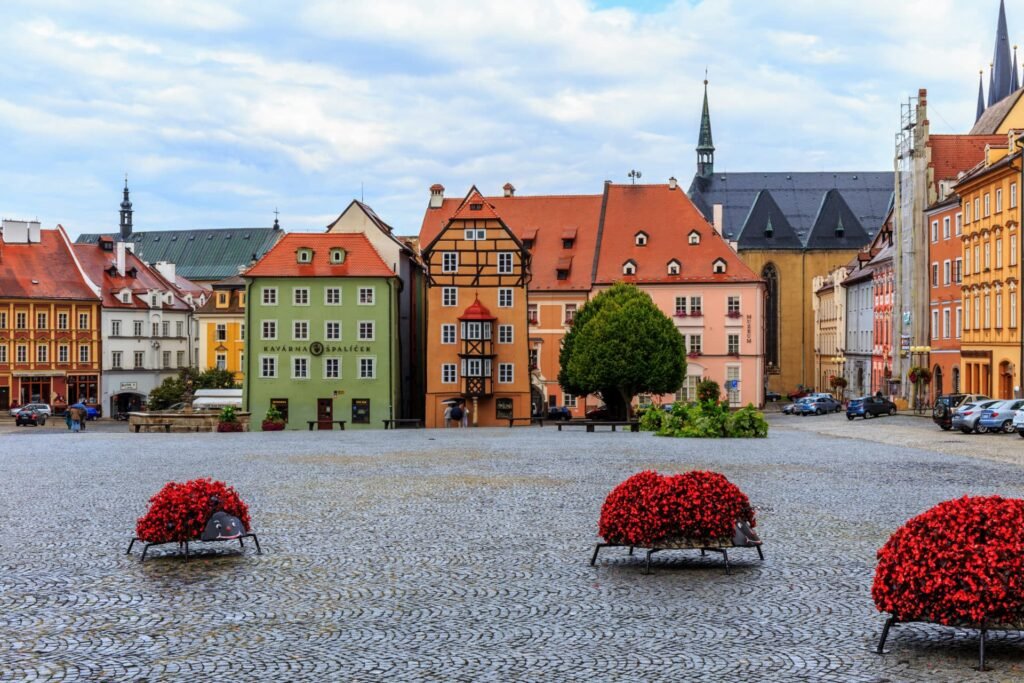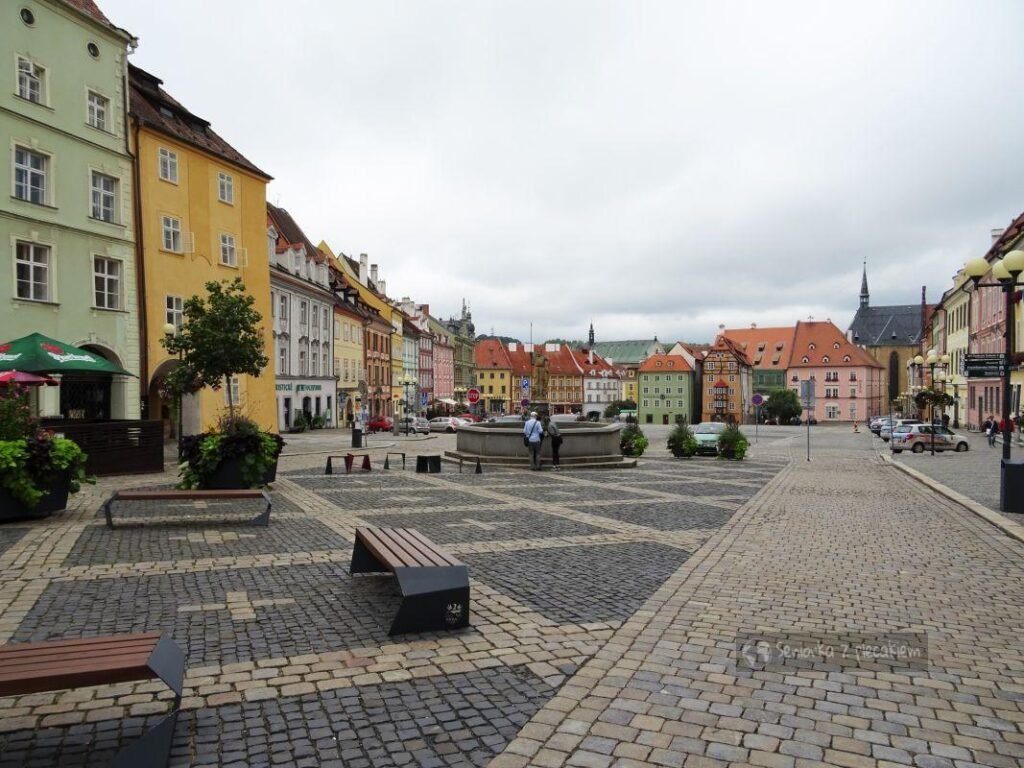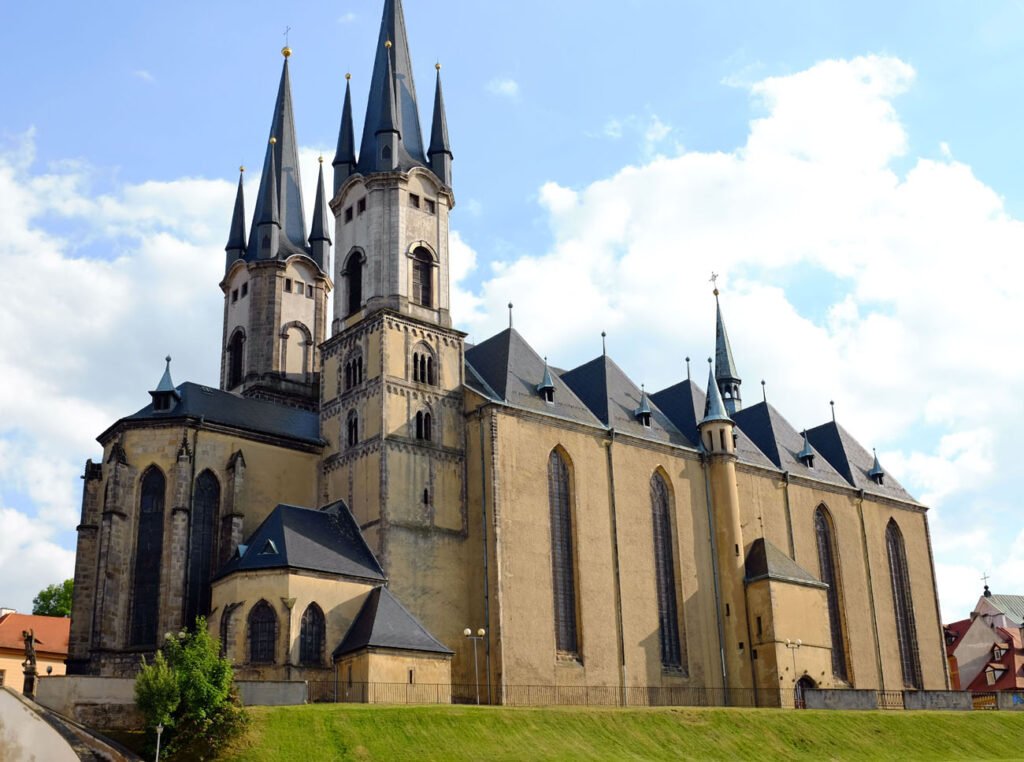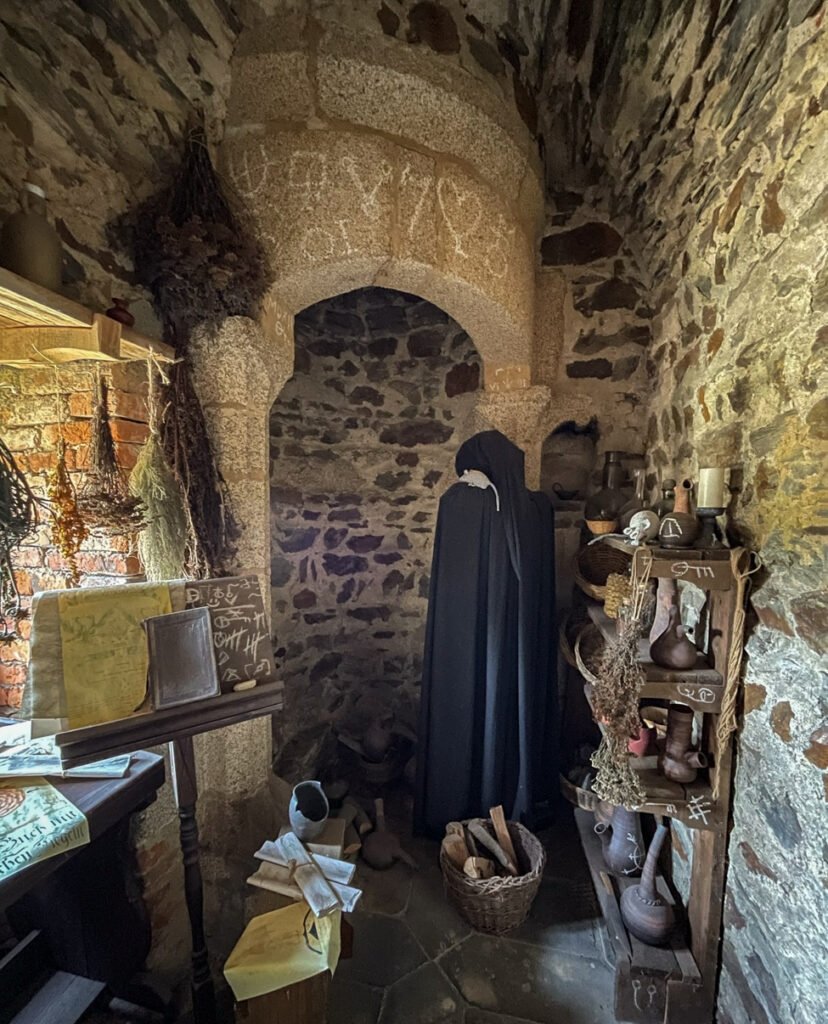Cheb is a city in western Bohemia, in the Karlovy Vary region on the Ohře river, near the border with Germany. According to data from January 1, 2024, the city’s population is 32,825 people. On February 25, 1634, Prince Albrecht von Wallenstein was murdered at Cheb Castle.

- It would seem that the market square should be an empty square, with the proverbial town hall in the middle. But in Cheb it is different. The market square is almost empty and in the past it actually served a commercial function, but there is one exception, unique in the Czech Republic. It is Špalíček – a complex of eleven tenement houses preserved in this place in an unchanged form since the 15th century! Although the first tenement houses date back to the 13th century. Therefore, we have two rows of tenement houses, which are divided by Kramarská Street, because in the past trade was carried out on the ground floors. Now it is also true, but more for the needs of tourists than the local population. Until 1809, there was a third row of tenement houses on the western side, but it was demolished. The houses or tenement houses are characteristic, because they were built using half-timbered technology, which means that it resembles a classic Prussian wall. It cannot be confused with anything else.

- Cheb Castle. If there is a hill above the river, we can be almost certain that there was once a stronghold on it. And Cheb is no different, because the hill was ideal for controlling the trade routes that ran nearby. The location was so good that a massive castle was quickly built there, the remains of which can still be seen today. The force that gave this place its shape and importance was Emperor Frederick Barbarossa. In 1167, the ruler inherited Cheb and commissioned the construction of a castle to replace the earlier fortifications. But it was not just any castle, but a palatinate, meaning nothing more than the seat of the emperor. Cheb was to inspire admiration and show the imperial power.

- Castle Chapel of St. Erhard and Ursula. I admit that the chapel surprised me. Because from the outside nothing announces what is inside. From the outside, the rather austere and inconspicuous gray building hides true masterpieces of architecture. You can see that it will be surprising from the very entrance. Massive, Romanesque columns remind us that the chapel’s roots reach all the way to the end of the 12th century.

- Church. As befits an old town, also in Cheb the city is dominated by the mass of a church. The first structure was built in the Romanesque style, and it was first mentioned in 1239. The problem is that in 1270 Cheb was devastated by a massive fire, which did not spare the church either. The partially rebuilt temple received Gothic style elements. But the most serious reconstruction took place in the years 1456-1470, when, for example, the side naves of the church were raised. Both the church of St. Nicholas and St. Elizabeth in Cheb stood and served the local faithful for centuries. Of course, the interior was decorated and furnished more and more. Until 1809 came, when another major fire broke out in the city.

- The Legend of the Alchemist of Cheb. It is also worth going back to the upper floor of the castle chapel. There, through a narrow door, you can enter the alchemist’s room. Around 1450, the alchemist Zikmund Wann conducted his business in Cheb. As was usual with alchemists, he attempted to invent the philosopher’s stone and create gold from less valuable materials. From what I know, no one ever succeeded in this art, but Zikmund had another gift. Namely, he had a glass ball and was able to show true happiness in it. Happiness that is not related to worldly goods. One day, a wealthy townsman, Michał Jura, came running to Wann. A wealthy man, but unhappy and poor in spirit. He wanted to know happiness, but without the false smiles of flatterers and applauders. He could always buy that with his gold. He wanted absolute, selfless happiness. The alchemist took out the ball and told him to look into it intently. And Jura saw what he desired. In one of the pictures, it was a beggar to whom a young woman gave a cup of honey. Happiness was visible in the eyes of the giver and the recipient. There was also a mother holding her child in her arms, a painter appeared to him finishing his painting, and there was a reaper with a scythe standing by a field filled with grain with full ears of grain. Jura understood then that happiness is not wealth, but sharing it. It is the certainty of tomorrow, selfless love and helping the needy. That is why when he returned home, he gave away a significant part of his wealth to the needy, and kept for himself as much as was enough for a decent and safe life. He felt happy and achieved what he was looking for.

Interesting facts about Cheb. The city developed the machine, transport, textile, meat and brewing industries. The city has a railway station, Cheb.
